Cats are among the most intriguing animals worldwide, admired for their independence and enigmatic behaviors. However, when we talk about cats, it’s crucial to distinguish between feral and domestic cats, as these two groups exhibit significant behavioral differences. This article will explore how feral cats differ behaviorally from their domestic counterparts, providing insights into their unique lifestyles and instincts.
Defining Feral and Domestic Cats

Before diving into behavioral differences, it’s essential to understand what distinguishes feral cats from domestic ones. Feral cats are offspring of domestic cats that have reverted to a wild state, usually due to a lack of human interaction. By contrast, domestic cats are those that live in close association with humans, often forming strong bonds with their owners and adapting to indoor living.
Socialization and Human Interaction
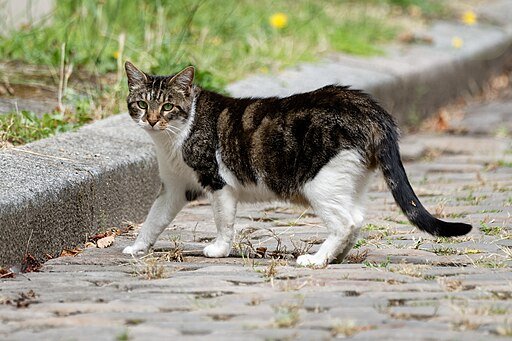
One of the most significant behavioral differences between feral and domestic cats is their level of socialization with humans. Domestic cats are generally more comfortable around people, often seeking attention and interacting readily with their human companions. In contrast, feral cats tend to be wary of humans, often viewing them as threats. This wariness stems from a lack of early socialization, leading to behavior characterized by avoidance.
Territory and Range
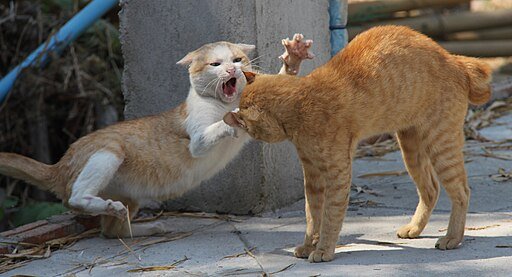
Feral cats typically have a larger roaming range compared to domestic cats due to their need to hunt and explore for survival. They establish and defend territories that can cover extensive areas, which is a behavior rooted in their wild instincts. Domestic cats, especially those kept indoors, usually have much smaller territories, often limited to the household, reducing their need for extensive exploration.
Hunting Instincts

Both feral and domestic cats retain their hunting instincts, but feral cats rely heavily on these skills for survival. While domestic cats might hunt for recreation or as a way to express natural behaviors, feral cats hunt out of necessity, often preying on small animals for sustenance. This heightened reliance on hunting can influence their behavior, making them more stealthy and agile in natural settings.
Communication Styles

Communication between cats can vary significantly depending on their environment. Domestic cats often use vocalizations like meowing to communicate with humans since they learn that this behavior garners attention or rewards. In contrast, feral cats primarily communicate through body language and vocal cues within their colonies, often using hisses, growls, or other nonverbal signals to convey messages to other feral cats.
Colony Formation vs. Solitary Living

While domestic cats can form close associations with humans and other pets, feral cats often live in colonies, particularly in areas with abundant resources. These colonies provide a social structure and support through communal living; however, feral cats can also exhibit solitary characteristics when resources are scarce. Domestic cats, meanwhile, are more adaptable to solitary or pair living based on their owner’s preferences and household environment.
Feeding Behavior
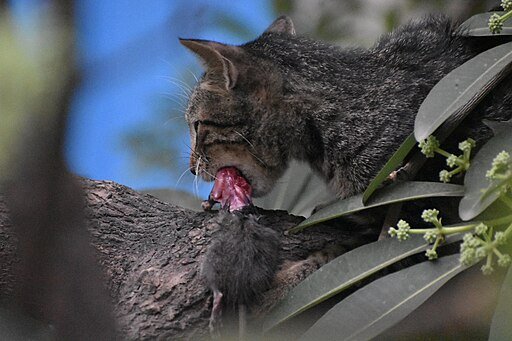
Feeding behavior is another area where feral and domestic cats differ significantly. Domestic cats generally have a reliable food source provided by their owners, allowing for routine feeding patterns without much exertion. In contrast, feral cats must scavenge, hunt, or rely on food provided by cat colonies or human caretakers, leading to irregular feeding habits that can vary widely day by day.
Responses to Stress and Threats

Feral cats and domestic cats handle stress and perceived threats differently. Domestic cats, used to a stable environment, may find changes or unfamiliar visitors stressful, showing anxiety through hiding or behaviors like excessive grooming. Feral cats, being more acclimated to fluctuating environments and threats, tend to rely on flight or defensive aggression rather than seeking comfort or familiar routines.
Health and Lifespan Variations
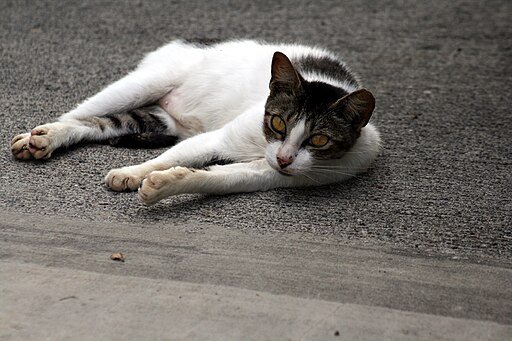
Behavioral differences between feral and domestic cats can also be influenced by their health and lifespan. Domestic cats generally have access to veterinary care, which can lead to longer, healthier lives. Feral cats, living without such care, often face challenges like disease and injury, which can affect their behavior, making them more cautious and resilient to natural adversities.
The Role of Environment in Behavioral Development
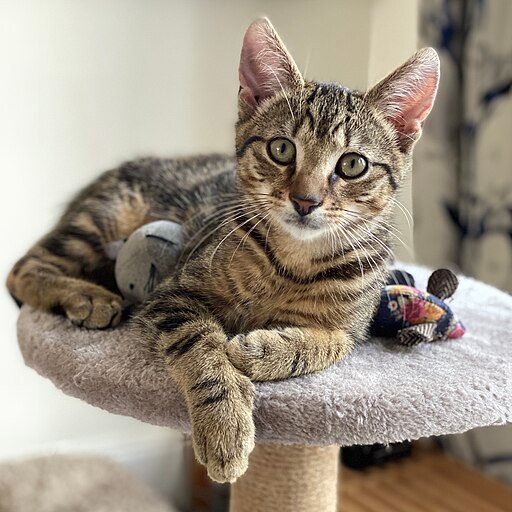
Ultimately, the environment plays a significant role in shaping the behaviors of feral and domestic cats. A domestic cat’s controlled environment offers security and comfort, reducing the need for survival-driven behaviors. Feral cats, meanwhile, adapt behaviors necessary for living in the wild, such as heightened alertness, resourcefulness, and social interactions within colonies or with other creatures.
Conclusion: The Interplay of Instinct and Adaptation

The behavioral differences between feral and domestic cats are profound and rooted in their environments and life experiences. While domestic cats thrive in human-centric worlds, feral cats continue to exhibit behaviors that ensure survival in the wild. Understanding these differences helps us appreciate the adaptability and resilience of one of nature’s most fascinating animals.






